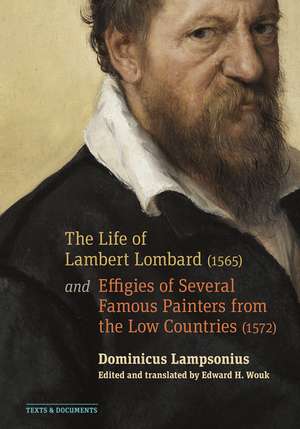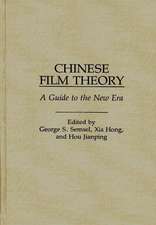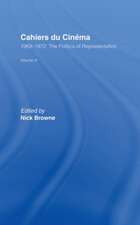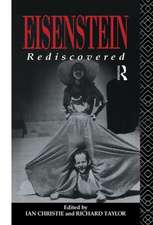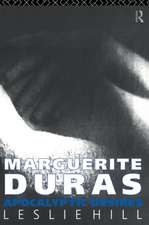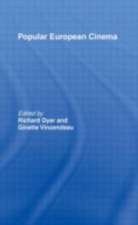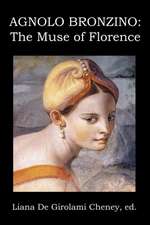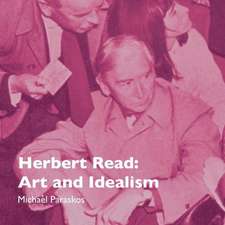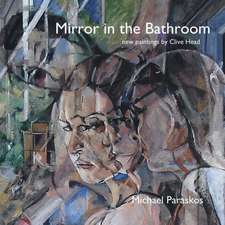The Life of Lambert Lombard (1565); and Effigies of Several Famous Painters from the Low Countries (1572): Texts & Documents
Autor Dominicus Lampsonius Editat de Edward H. Wouk Traducere de Helen, E.B. Dalton, Julene Abad Del Vecchioen Limba Engleză Paperback – 10 ian 2022
Dominicus Lampsonius’s The Life of Lambert Lombard (1565) is the earliest published biography of a Netherlandish artist. This neo-Latin account of the life of the painter, architect, and draftsman Lambert Lombard of Liège offers a theoretical exposition on the nature and ideal practice of Netherlandish art, emphasizing Lombard’s intellectual curiosity, interest in antiquity, attentive study of the human body, and exemplary generosity as a teacher.
This volume offers the first English edition of The Life of Lambert Lombard, complemented by a new translation of the inscriptions Lampsonius composed to accompany the Effigies of Several Famous Painters from the Low Countries (1572), a cycle of twenty-three engraved portraits of Netherlandish artists developed in collaboration with the print publisher Hieronymus Cock.
Together, The Life of Lambert Lombard and the Effigies established frameworks for a distinctly Netherlandish history of art. Responding to a growing sense of Netherlandish cultural and political identity on the eve of the Dutch Revolt, these texts proposed a critical alternative to Giorgio Vasari’s Lives of the Artists and its Italian model of art historical development, celebrating local ingenuity and skill. They remain the starting point for any history of the northern Renaissance.
Preț: 388.27 lei
Nou
74.29€ • 77.57$ • 61.49£
Carte disponibilă
Livrare economică 14-28 martie
Livrare express 27 februarie-05 martie pentru 37.92 lei
Specificații
ISBN-10: 1606067400
Pagini: 176
Ilustrații: 18 color and 64 b-w illustrations
Dimensiuni: 178 x 254 x 18 mm
Greutate: 0.59 kg
Editura: Getty Publications
Colecția Getty Research Institute
Seria Texts & Documents
Recenzii
—Joanna Woodall, The Courtauld Institute of Art
“Readers of this superb volume, which provides an introduction to Dominicus Lampsonius and English translations of two of his theoretical texts, will benefit from Edward Wouk’s remarkable erudition, clarity, and insights into European art. Presenting debates about the stakes that gave rise to Lampsonius’s publications, Wouk weaves together encounters, collaborations, and connections drawn from letters, texts, stories, language, and the graphic arts. This nuanced retelling of artistic engagement with antiquity, local traditions, and practices on both sides of the Alps creates a dynamic picture of trans-European exchanges, processes of translation, and Netherlandish inventiveness.”
—Bronwen Wilson, Professor of Renaissance and Early Modern Art, UCLA
“Begun as a long-distance conversation with Vasari, whose Lives of the Artists established the modern historiography of art with Italy as its origin and center, Dominicus Lampsonius’s writings offer a vital alternative: a decentering counter-history of artistic ideas, practices, techniques and developments flourishing north of the Alps. Edward Wouk’s clear and copiously annotated translations of Lampsonius's elusive texts will greatly expand our understanding of the European tradition.”
—Joseph Leo Koerner, Harvard University
Notă biografică
Edward H. Wouk is reader in art history and visual studies (1400–1800) at the University of Manchester and the author of Frans Floris (1519/20–1570): Imagining a Northern Renaissance (2018).
Descriere
Dominicus Lampsonius's The Life of Lambert Lombard (1565) is the earliest published biography of a Netherlandish artist. This neo-Latin account of the life of the painter, architect, and draftsman Lambert Lombard of Liege offers a theoretical exposition on the nature and ideal practice of Netherlandish art, emphasizing Lombard's intellectual curiosity, interest in antiquity, attentive study of the human body, and exemplary generosity as a teacher. This volume offers the first English edition of the The Life of Lambert Lombard, complemented by a new translation of the inscriptions Lampsonius composed to accompany the Effigies of Several Famous Painters from the Low Countries (1572), a cycle of twenty-three engraved portraits of Netherlandish artists developed in collaboration with the print publisher Hieronymus Cock. Together, The Life of Lambert Lombard and Effigies established frameworks for a distinctly Netherlandish history of art. Responding to a growing sense of Netherlandish cultural and political identity on the eve of the Dutch Revolt, these texts proposed a critical alternative to Giorgio Vasari's Lives of the Artists and its Italian model of art historical development, celebrating local ingenuity and skill. They remain the starting point for any history of the northern Renaissance.
